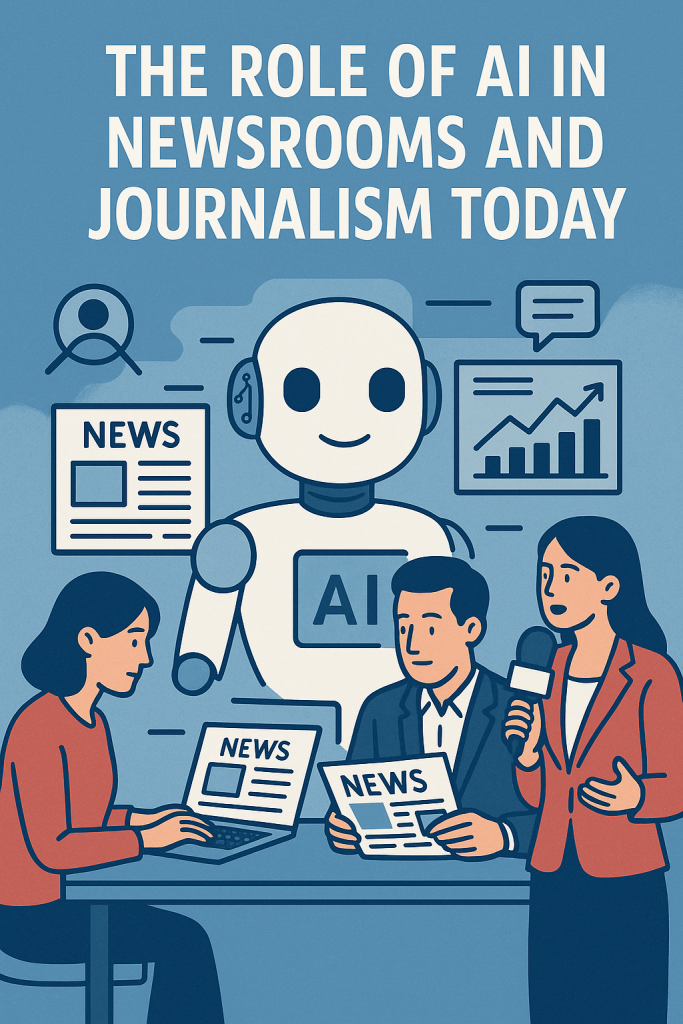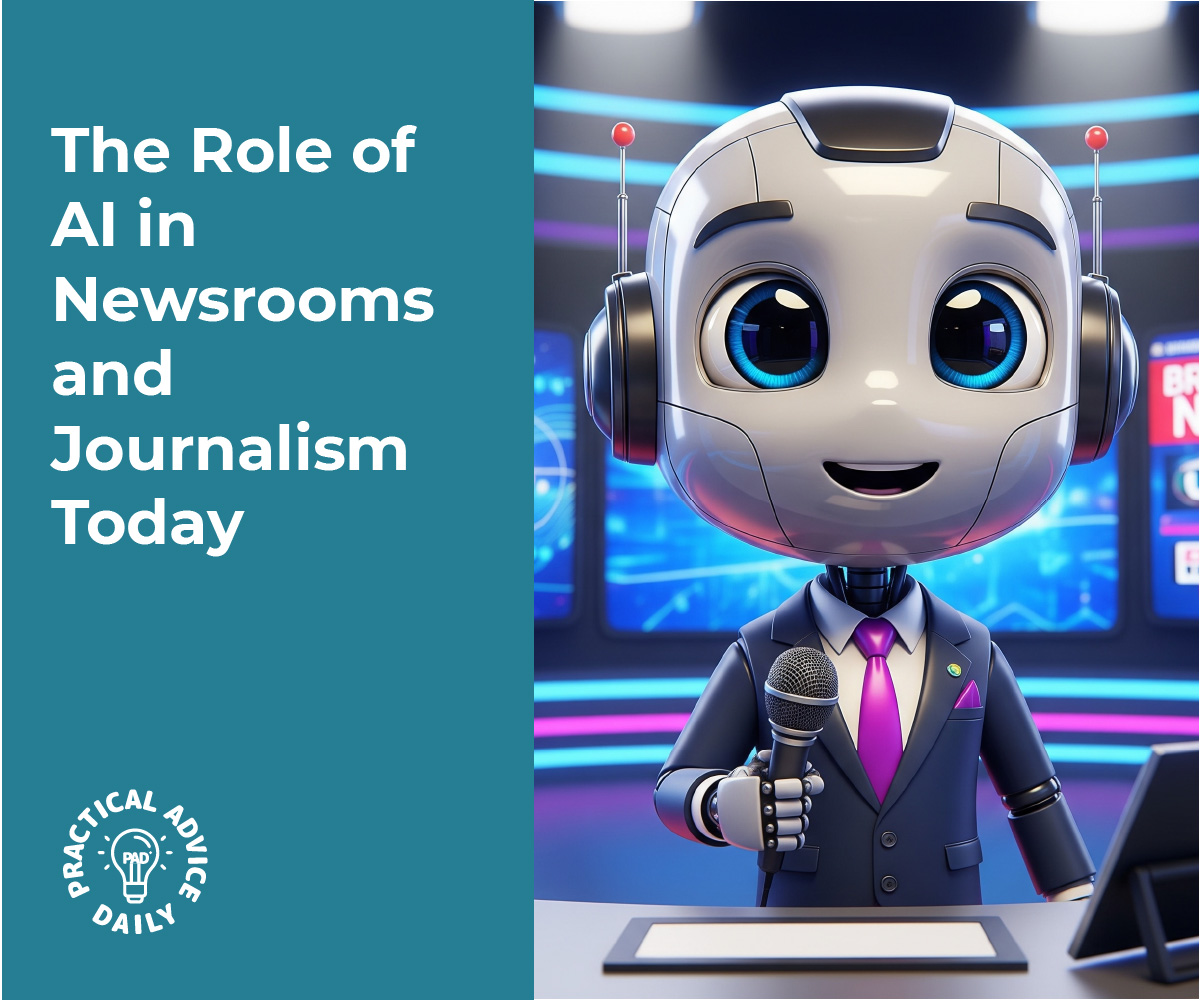Artificial intelligence (AI) is quickly becoming part of everyday life, and newsrooms are no exception. If you’ve read a news article or heard a news update recently, there’s a chance AI was involved. AI tools can sift through data, write basic news reports, and help journalists work more efficiently. However, this technology also raises questions about accuracy and trust in the media. Let’s take a closer look at how AI is being used in journalism today.
Key Takeaways
- AI automates routine tasks: It handles repetitive jobs like transcribing interviews or scanning news feeds, saving time for reporters.
- Faster news updates: AI can write simple stories such as sports scores or business updates in seconds.
- Personalized content: News apps and websites use AI to suggest articles based on what readers enjoy.
- Human oversight is essential: Editors always review AI-written content to check for mistakes and ensure quality.
AI in News Gathering and Writing
One of the most common uses of AI in journalism is to help gather and write news. AI programs can search through large amounts of information far faster than a person could. For example, some news organizations use AI to automatically write short reports on company earnings or local sports events. These routine stories follow a standard format, making them ideal for automation.
AI also helps with time-consuming tasks like transcribing interviews and scanning social media for breaking news. It acts as a smart assistant, helping reporters focus on the more important parts of journalism—like asking questions, investigating issues, and telling meaningful stories.
Real example: During the Olympics, one major newspaper used an AI system to quickly write updates on event results. Later, the same tool was used to report election results and high school sports scores. This let the newsroom cover more stories without needing extra staff. Journalists still reviewed each article before publishing, but the AI saved time by drafting the first version.

Personalizing and Delivering News
AI also plays a role in how news is delivered to readers. It can learn what types of stories interest you and suggest similar articles. That’s how your favorite news app seems to “know” what you want to read. It’s also why many websites have “Recommended for You” sections.
In addition, AI can summarize long stories, translate articles into other languages, and even read stories aloud—helping more people access news in a way that suits them. Behind the scenes, AI helps decide the best times to send out news alerts or post stories online, making sure they reach readers at just the right moment.
Challenges and Ethical Considerations
While AI offers many benefits, it also brings some concerns. One major issue is accuracy. AI can sometimes make mistakes or include information that isn’t correct. This is why human editors always check AI-generated content before it’s shared with the public.
Another concern is bias. AI systems learn from past data, and if that data is biased, the AI might produce biased content too. For example, it might underrepresent certain groups or repeat stereotypes without realizing it.
There’s also the growing problem of misinformation. The same AI tools that help write real news can also be misused to create fake stories or altered images. This makes it even more important for journalists and readers to be careful about where their information comes from.
Because of these issues, most news organizations have clear rules for using AI. They make sure people—not machines—are responsible for the final content. AI may help gather information or write a draft, but a journalist checks it and makes sure it meets professional standards.
AI and the Future of Journalism
Looking to the future, AI is expected to be a helpful tool, not a replacement for journalists. It’s great at handling large amounts of information and doing routine tasks, but it lacks the judgment, empathy, and creativity of a human being.
In fact, AI may help improve journalism by giving reporters more time for interviews, investigations, and storytelling. Some newsrooms already use AI to scan huge databases and suggest potential stories, which reporters then explore and verify.
For readers, AI can mean faster updates, easier access to information, and more articles that match personal interests. In many cases, you won’t even notice AI at work—it will just feel like the news is arriving quicker and more clearly.
Final Thoughts
AI is quietly transforming how journalism works. It’s not about robots replacing reporters—it’s about helping them work smarter. With AI handling the routine tasks, journalists can focus on what they do best: finding the truth, telling compelling stories, and informing the public.
As a reader, you benefit from faster updates, more personalized content, and reliable reporting—so long as AI is used responsibly. The key is balance: letting machines assist, while people remain in control.
In the end, AI is just a tool. It’s the skilled hands and thoughtful minds of journalists that shape the news we trust. And with the right approach, AI and human reporters can make journalism stronger than ever.
